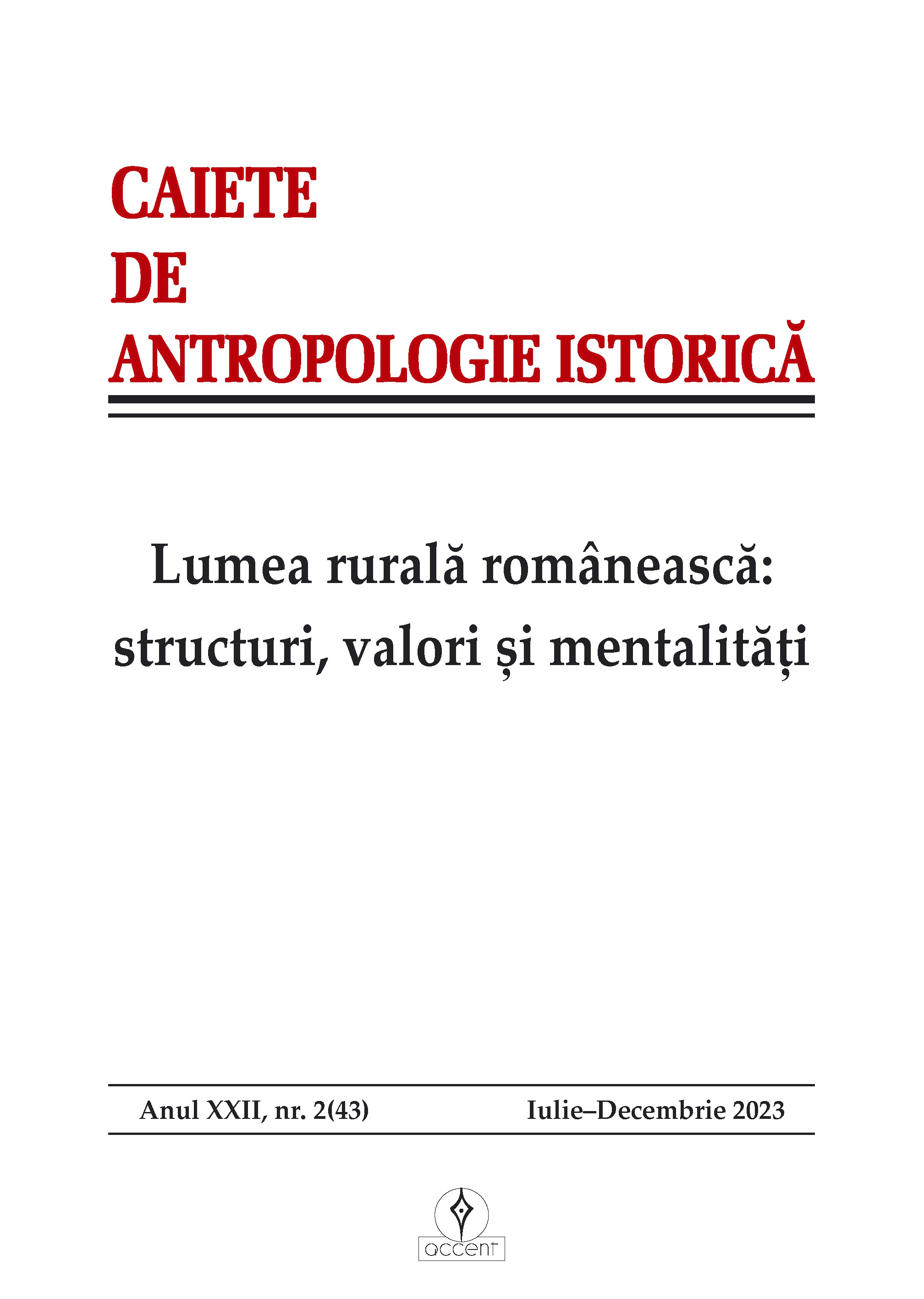O privire generală asupra științei moderne (secolele XVI–XIX)
An Overview of Modern Science (16th–19th Centuries)
Author(s): George Andrei IavorenciucSubject(s): History of ideas, Modern Age, Religion and science , Philosophy of Science, History of Education
Published by: Accent Publisher
Keywords: “Scientific Revolution”; modern science; rationalism; enlightenment; scientific progress;
Summary/Abstract: Modern science was born somewhere in the 16th–17th centuries, within a process that received the name of the “Scientific Revolution.” Throughout this period, a new way of “looking at” and understanding nature developed, gradually replacing medieval and ancient conceptions fundamentally. Also during this period, an incipient scientific community emerged, articulated for the first time in academies, scholarly societies, and specialized journals, through which scholars produced new knowledge that they shared publicly. Regarding the relationship between science and religion, it should be emphasized that many protagonists of the “Scientific Revolution” were religious individuals in one form or another. They saw the practice of science as a form of worshiping God and His creation. However, the consequences of their practices and ideas ultimately led to the crystallization of a science that justified atheistic attitudes or the image of a distant God, one that does not intervene in the world He created. The seventeenth-century rationalist philosophy represented a cause of “free thinking,” a line of thinking that questioned traditional conceptions and conventions. An important component of collective scientific activity was the periodic scientific journals, becoming the main channel for publishing results in the eighteenth century. The nineteenth century is considered an era of scientific progress.
Journal: Caiete de Antropologie Istorică
- Issue Year: 2023
- Issue No: 43
- Page Range: 117-143
- Page Count: 27
- Language: Romanian

